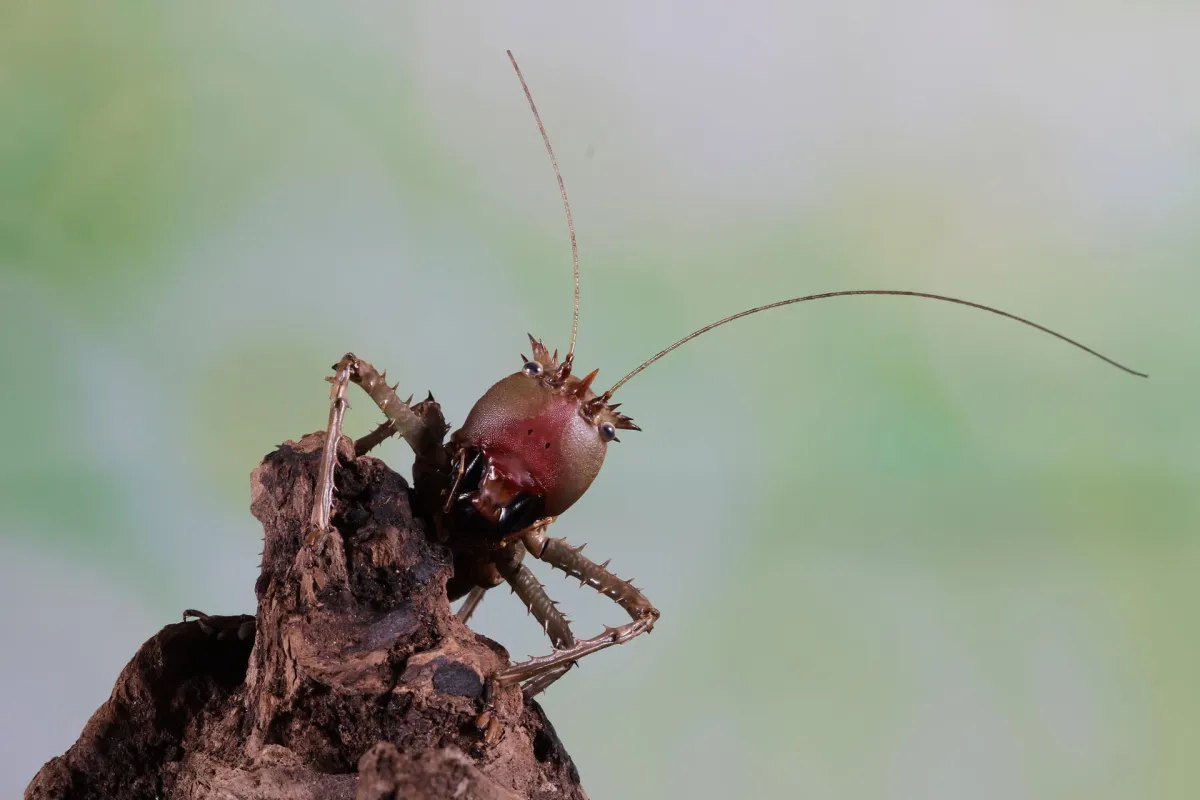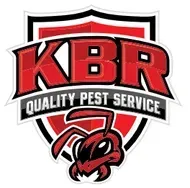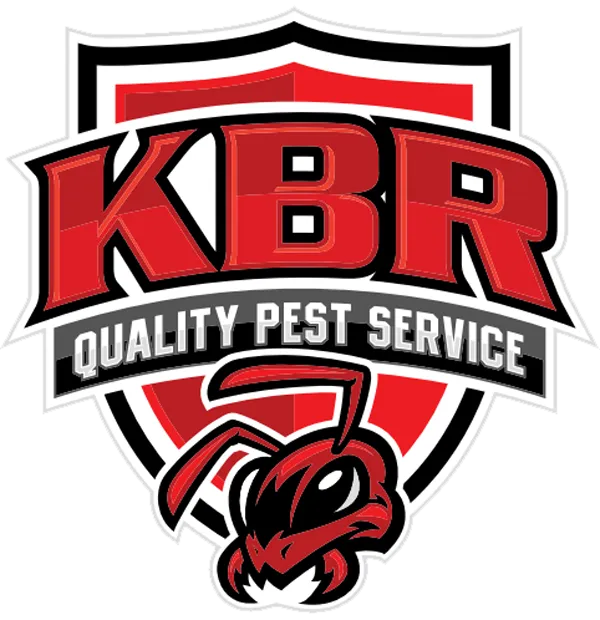Blog

Mole Crickets and Lawn Pests: What Florida Homeowners Should Know
Introduction
If your Florida lawn has started looking patchy, soft, or uneven despite regular care, you might not be dealing with a watering issue—it could be mole crickets or other turf-damaging pests. These underground insects can destroy grass roots, leaving unsightly dead patches across your yard.
In this guide, you’ll learn how to identify mole crickets and similar lawn pests common in Florida, the damage they cause, and the best prevention and treatment methods to keep your lawn healthy year-round.
Understanding Mole Crickets and Lawn Pests in Florida
Florida’s warm, humid climate supports lush lawns—but it also provides ideal conditions for insects that thrive in moist soil and turf. Among these, mole crickets are some of the most destructive.
What Are Mole Crickets?
Mole crickets are burrowing insects that feed on grass roots and organic matter in the soil. Their name comes from their front legs, which are shaped like small shovels, allowing them to dig tunnels just below the surface.
Key characteristics:
Light to dark brown color
About 1–2 inches long
Cylindrical body with strong digging forelegs
Active mainly at night and during spring or fall
Unlike surface feeders such as chinch bugs, mole crickets cause damage below the ground, making infestations harder to spot until lawns are already suffering.
Common Lawn Pests in Florida
Mole crickets aren’t the only lawn invaders Floridians should watch for. Here are a few other culprits that can cause turf damage:
1. Chinch Bugs
Feed on St. Augustine grass by sucking sap from blades.
Cause yellow or brown patches that spread rapidly.
Thrive during hot, dry weather.
2. Sod Webworms
The larvae of small moths that chew on grass blades.
Leave ragged brown patches and silky webs near the ground.
Often appear in late summer or early fall.
3. Armyworms
Move across lawns in large groups, eating everything in their path.
Cause severe damage in a short period.
4. White Grubs
Beetle larvae that live in soil and feed on roots.
Grass feels loose and pulls up easily like a carpet.
Each pest requires different control methods, so identifying the exact type of infestation is essential before treating your lawn.
Signs of Mole Cricket Damage
Because mole crickets spend most of their time underground, the damage they cause can be subtle at first. Look for these warning signs:
Spongy or uneven turf: Soil feels soft or hollow due to tunneling.
Dead patches of grass: Areas turn brown or wilt from root damage.
Visible tunnels or raised ridges: Especially after rain when soil is moist.
Birds or small animals digging: They feed on mole crickets, signaling their presence.
Chirping sounds at night: Adult males attract females by “singing” from their burrows.
Catching these signs early helps prevent extensive damage and costly repairs.
How to Prevent and Control Mole Crickets
To protect your lawn from mole crickets and other turf pests, combine good lawn care habits with professional pest management.
Step 1: Maintain Healthy Turf
Strong, dense grass resists pest damage better.
Fertilize appropriately for your grass type and season.
Water deeply but infrequently to encourage deep root growth.
Avoid overwatering, which attracts mole crickets and grubs.
Step 2: Reduce Outdoor Attractants
Mole crickets are drawn to soft, moist soil and excessive thatch buildup.
Aerate your lawn annually to improve drainage.
Remove thatch layers thicker than half an inch.
Mow regularly to prevent overgrowth.
Step 3: Identify the Problem Early
Perform a soap flush test to detect mole crickets:
Mix two tablespoons of dish soap with one gallon of water.
Pour the solution over a small area of turf.
Within minutes, crickets (if present) will surface for air.
This simple test helps confirm infestations before major damage occurs.
Step 4: Apply Targeted Treatments
Once mole crickets are identified, treatment should target both adults and nymphs.
Use insecticides labeled for mole crickets during late spring and early summer when young crickets are active.
Apply treatments in the evening when soil is damp for better penetration.
Consider biological controls like beneficial nematodes, which attack mole cricket larvae naturally.
Step 5: Hire Professional Lawn Pest Control
For ongoing protection, professional pest control services like KBR Quality Pest Services offer customized lawn care programs. Their technicians inspect turf health, identify pest species, and apply eco-friendly treatments suited for Florida’s conditions.
Regular service ensures long-term prevention and early intervention before pests spread.
Frequently Asked Questions
What time of year are mole crickets most active in Florida?
They’re most active in spring and fall, especially after heavy rainfall when soil is soft for tunneling.
How quickly can mole crickets damage a lawn?
In warm, moist conditions, significant damage can occur within just a few weeks as they feed on grass roots.
Are mole crickets dangerous to people or pets?
No. They don’t bite or sting but can cause severe turf damage.
Can I treat mole crickets on my own?
DIY treatments can help small infestations, but large colonies often require professional-grade products and precise timing for full control.
Will one treatment get rid of them permanently?
No. Because mole crickets reproduce annually, consistent lawn monitoring and maintenance are key to preventing reinfestation.
Conclusion
Mole crickets and other lawn pests can turn a healthy Florida lawn into a patchy mess if left unchecked. Early detection, proper maintenance, and professional treatment are essential for protecting your turf year-round.
For homeowners in Cape Coral and Southwest Florida, KBR Quality Pest Services provides expert lawn pest control tailored to local conditions. Their team uses safe, targeted methods to eliminate infestations and keep your yard lush, green, and pest-free—no matter the season.
Pest Services
Helpful Links
Contact Information
Mon - Sat: 8:00 am - 6:00 pm
Sun: Closed
Address
1730 Northwest 9th Terrace Cape Coral, FL 33993
© 2025 All Rights Reserved | KBR Quality Pest Services

